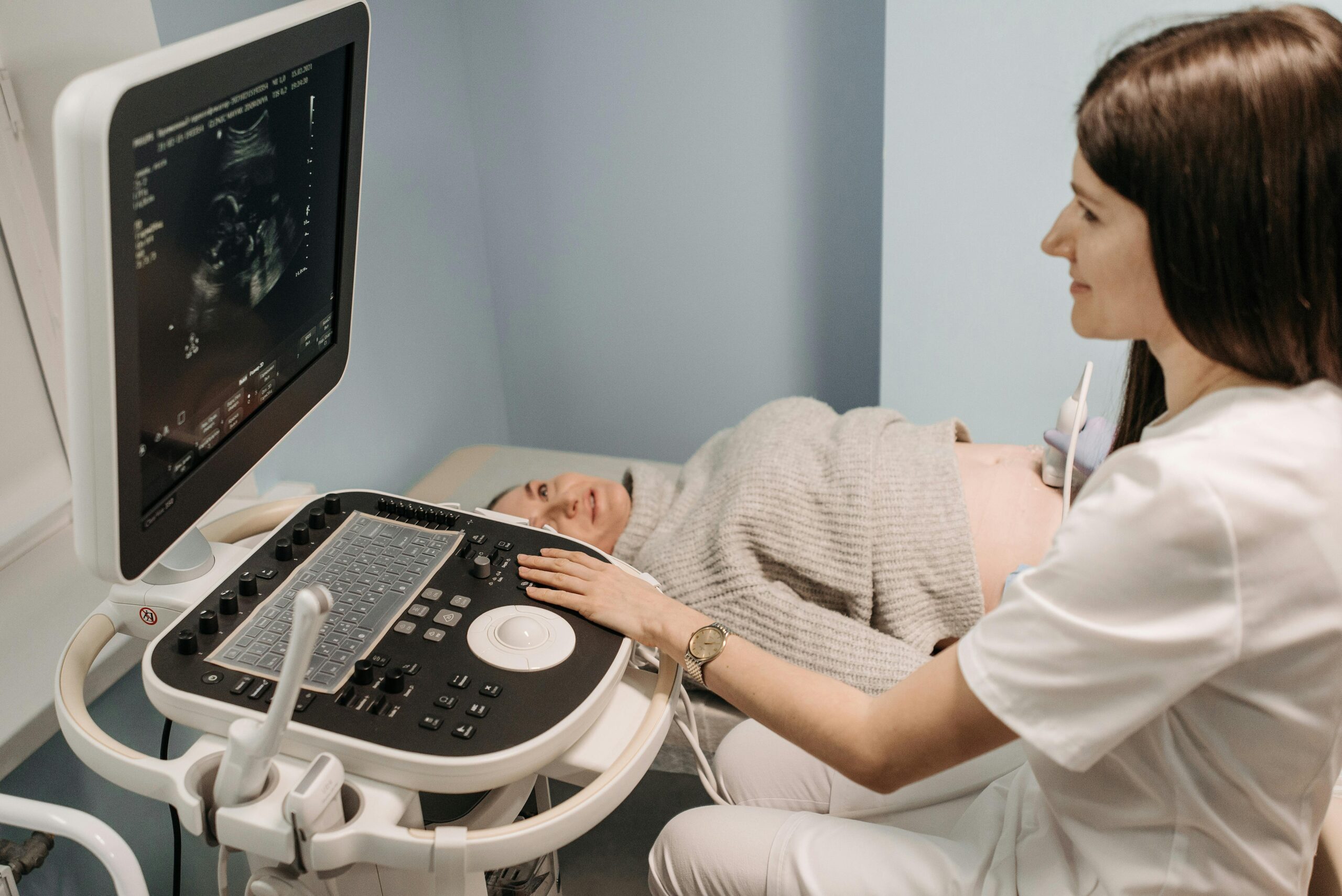Becoming a parent is an exciting journey, but it can also be filled with uncertainties, especially when it comes to understanding pregnancy risks. One of the concerns many expecting parents have is the risk of miscarriage. This blog post aims to shed light on miscarriage risk by week, providing helpful insights to better prepare you for the weeks ahead.
What is a Miscarriage?
A miscarriage, often referred to as spontaneous abortion, is the loss of a pregnancy before the 20th week. It can be a heartbreaking experience, and it’s important to understand that it is relatively common. Many women experience a miscarriage without knowing they were pregnant. Understanding the risk factors can help you navigate this emotional landscape.
Miscarriage Risk by Week
The risk of miscarriage varies significantly throughout the stages of pregnancy. Here’s a breakdown of miscarriage risk by week:
Weeks 1-4
During the very early stages of pregnancy, the risk of miscarriage is relatively high. Some estimates suggest that about 10-20% of known pregnancies end in miscarriage during this time. This period is crucial as it involves implantation and early fetal development. Many women may not even realize they are pregnant yet.
Weeks 5-6
As you progress to weeks 5 and 6, the risk remains significant. Approximately 20% of pregnancies may end in miscarriage during this period. This is often when women start to notice symptoms like missed periods and positive pregnancy tests. However, it is also when chromosomal abnormalities are most common, which can lead to miscarriage.
Weeks 7-8
At this stage, the risk begins to decrease. Studies indicate that the risk of miscarriage drops to about 10-15%. By this point, the embryo is developing rapidly, and many women may start to experience early pregnancy symptoms, such as nausea and fatigue. An ultrasound may be performed around week 7 to check for a heartbeat.
Weeks 9-12
By weeks 9 to 12, the risk of miscarriage decreases further, with estimates suggesting around 5% risk. The placenta is forming, and the embryo is transitioning to a fetus. This is often considered the more stable phase of pregnancy, and many families begin to share their good news.
Weeks 13-20
Once you reach the second trimester, the risk of miscarriage drops significantly to about 1-2%. By this time, many women have had their first ultrasound, and the likelihood of a healthy pregnancy increases. However, it’s essential to remain aware of your body and consult with a healthcare professional if you have any concerns.
Factors Influencing Miscarriage Risk
While understanding miscarriage risk by week is crucial, several factors can influence these risks:
- Age: Women over 35 may have a higher risk of miscarriage.
- Health Conditions: Chronic conditions like diabetes and thyroid disorders can impact pregnancy.
- Lifestyle Factors: Smoking, excessive alcohol consumption, and drug use are associated with higher miscarriage rates.
- Body Weight: Being underweight or overweight may influence the risk of miscarriage.
When to Seek Help
If you are concerned about your risk of miscarriage or experience symptoms such as heavy bleeding or severe cramping, it is essential to consult with a healthcare professional. They can provide guidance tailored to your specific situation and offer support during this emotional time.
Emotional Impact of Miscarriage
Experiencing a miscarriage can be devastating. It’s important to acknowledge your feelings and seek support. Many parents find comfort in talking to friends, family, or professionals who can help navigate the emotional journey. Remember, you are not alone in this experience.
Understanding miscarriage risk by week can help expecting parents feel more informed and prepared. While there are factors that contribute to the risk, it is essential to focus on maintaining a healthy lifestyle and seeking support when needed. If you have concerns or questions about your pregnancy, always consult a healthcare professional for personalized advice. Your journey into parenthood is important, and taking care of your emotional and physical well-being is a vital part of that journey.
If you found this article helpful, consider sharing it with other expecting parents or reaching out for further information and support.


